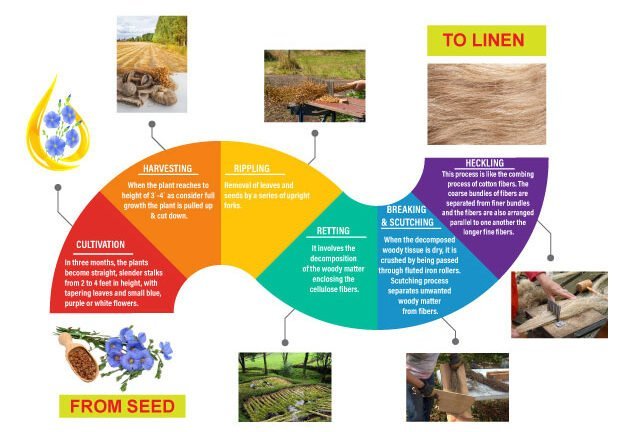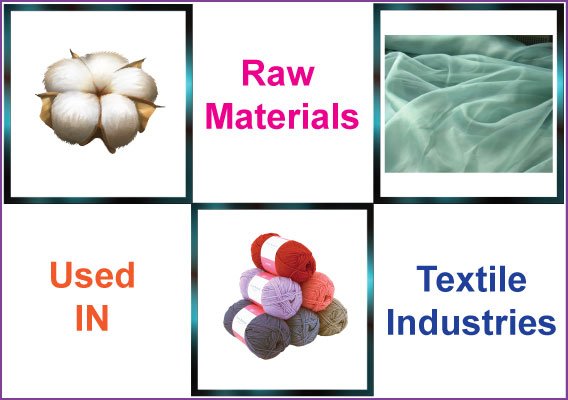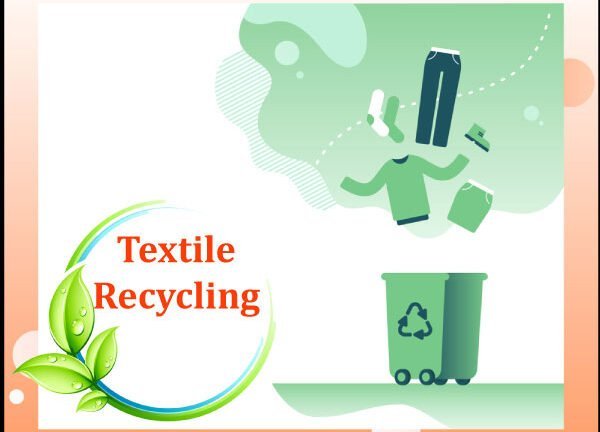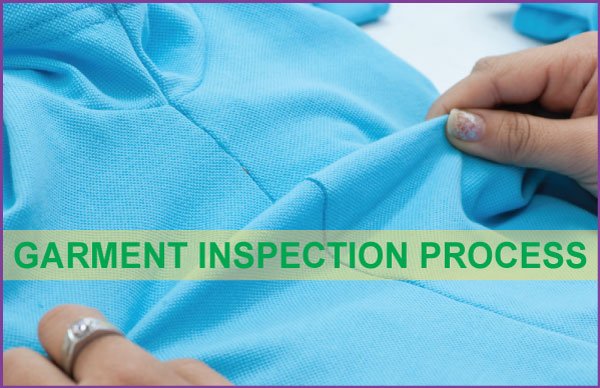Production Flowchart of Linen or Flax Fibre
Basically the flax fibre composed of cellulose. Linen yarn is made from fibres removed from the stem of the slender flax plant. These fibres, held together under the stem’s bark principally by a gummy substance, form the body of the flax plant. The fibre obtained from the stem of the flax plant was probably the[…]






